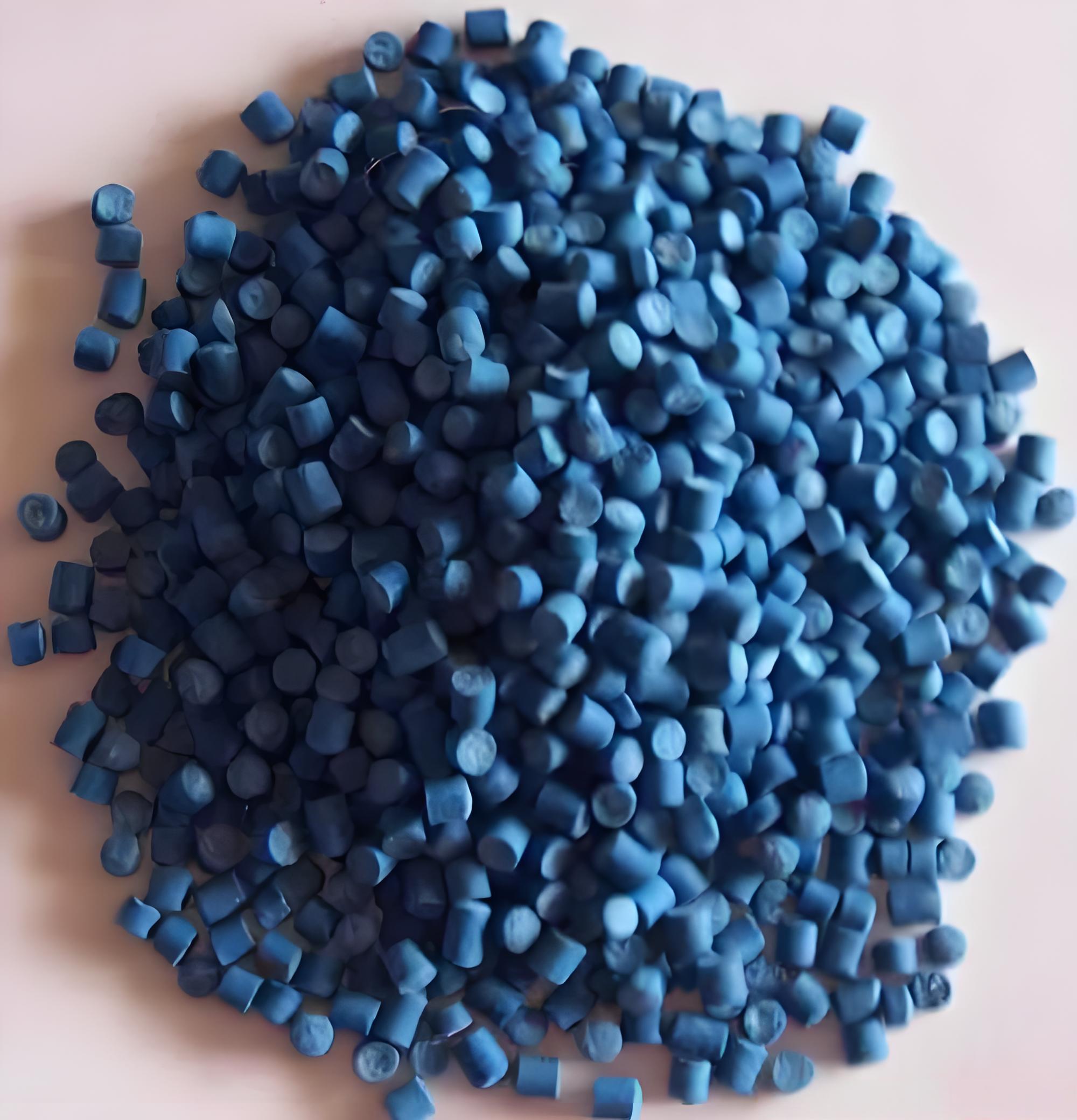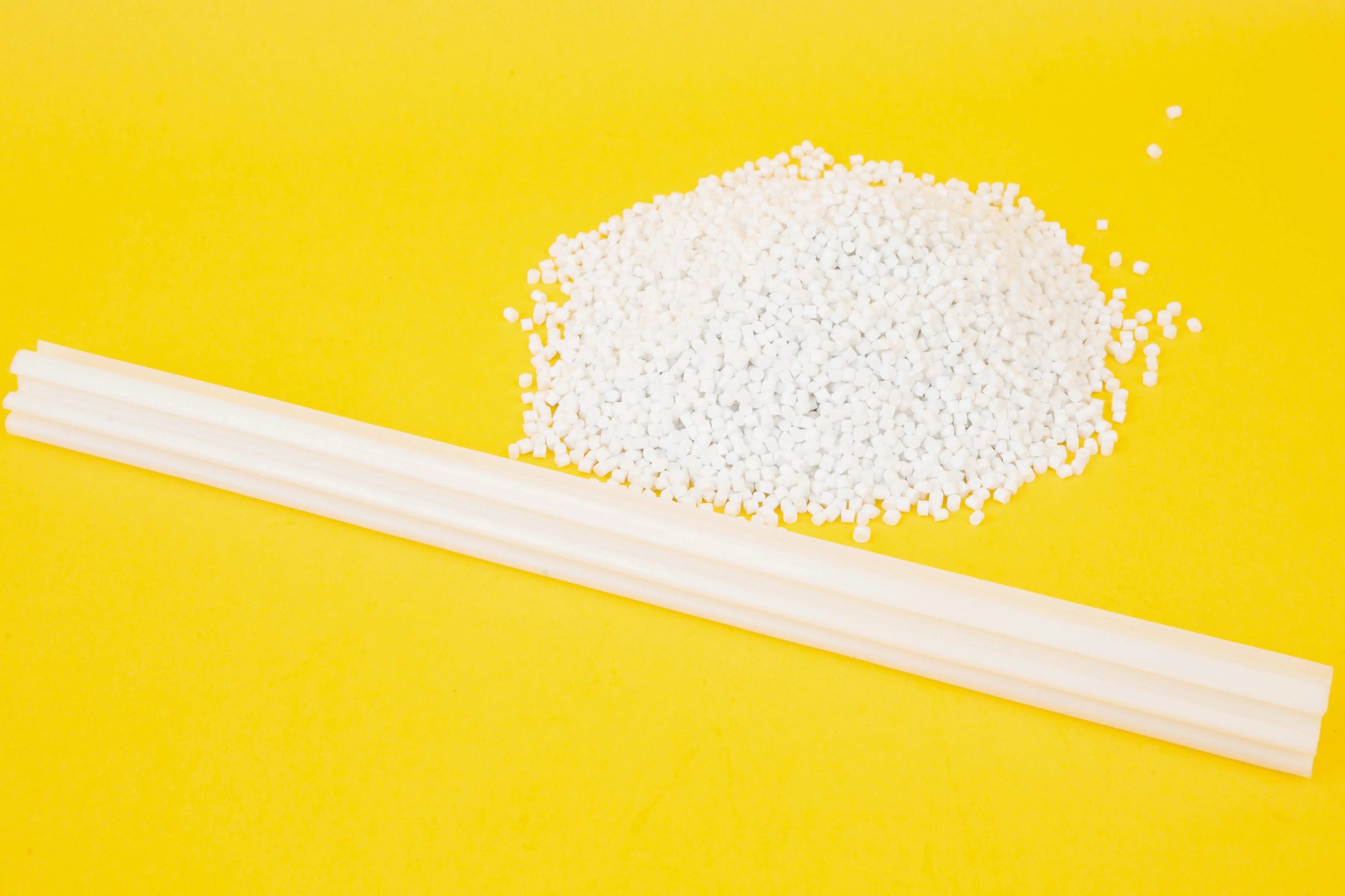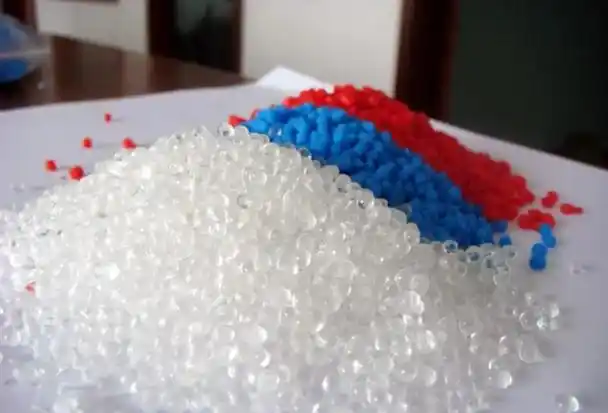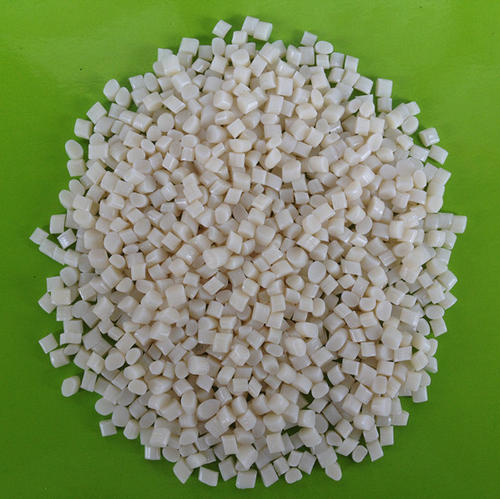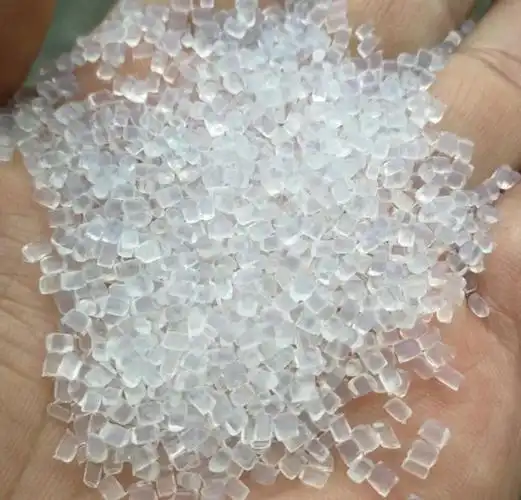How to Address Inconsistent Gloss and Matte Finishes on TPE Surfaces?
As someone who’s been knee-deep in the plastics and surface treatment industry for over a decade, I’ve encountered my fair share of challenges with thermoplastic elastomers (TPEs). These versatile materials, known for their flexibility, durability, and rubber-like feel, are a favorite in industries ranging from automotive to consumer goods. But one issue that keeps popping […]
How to Address Inconsistent Gloss and Matte Finishes on TPE Surfaces? Read More »

